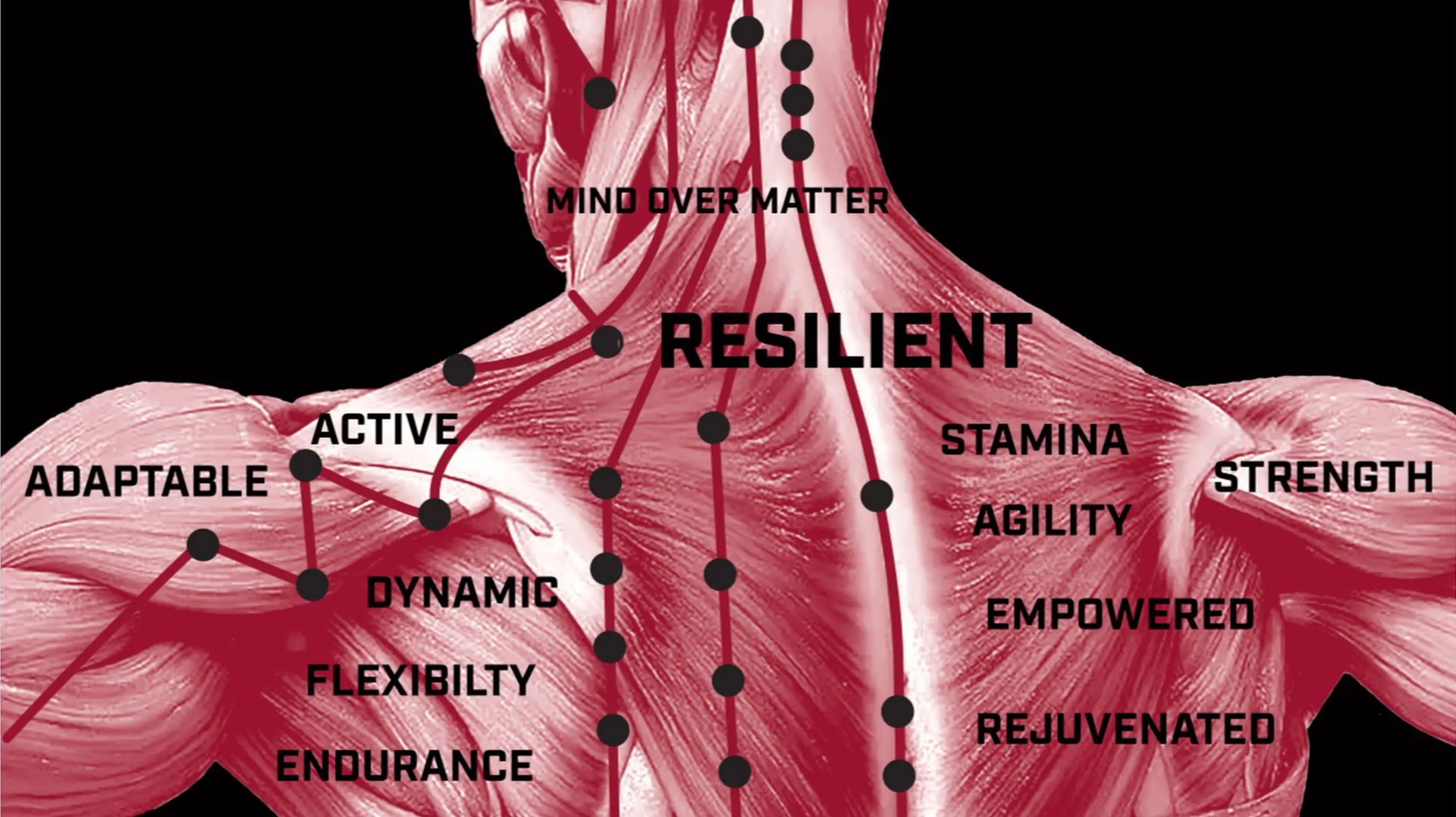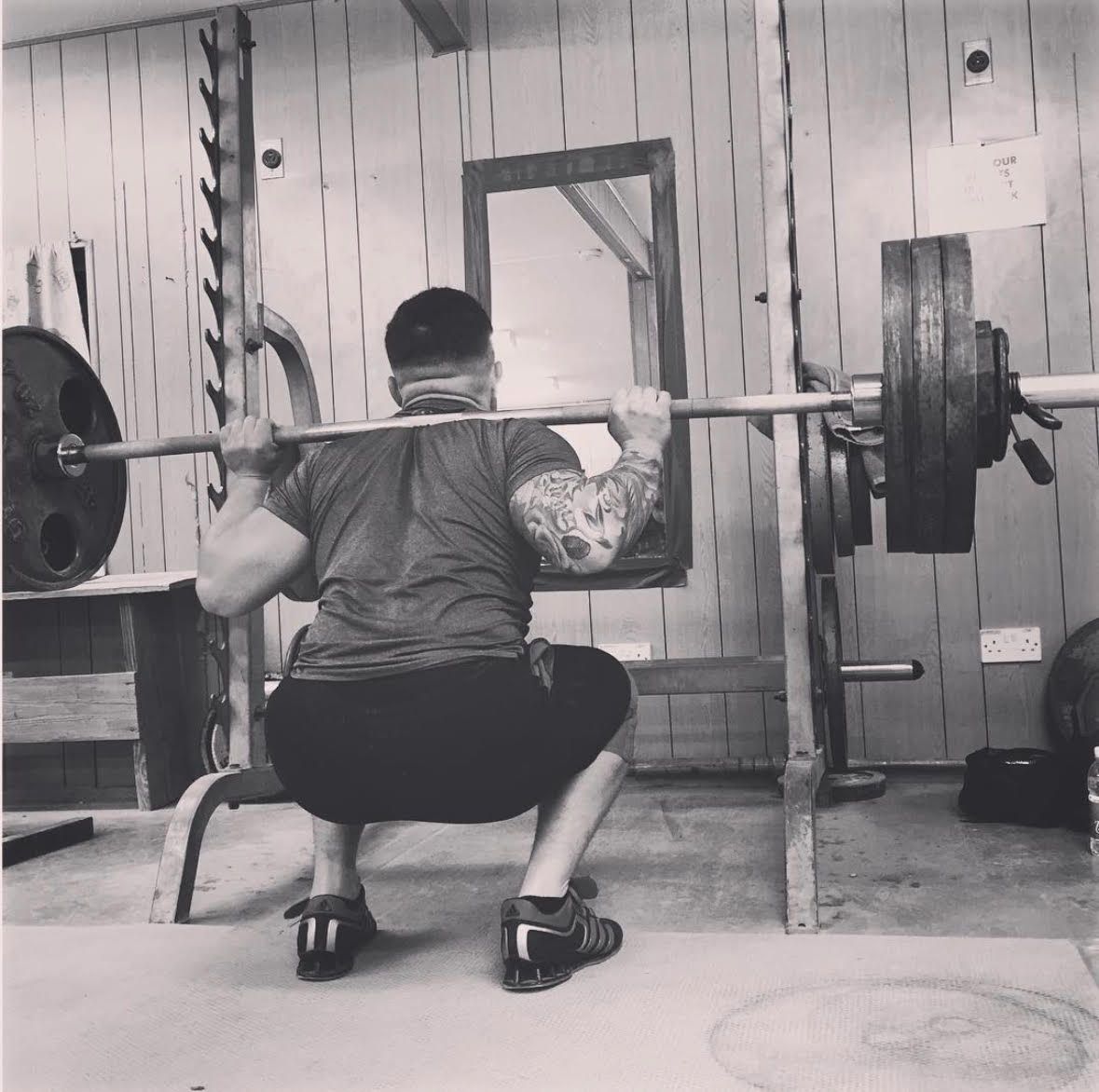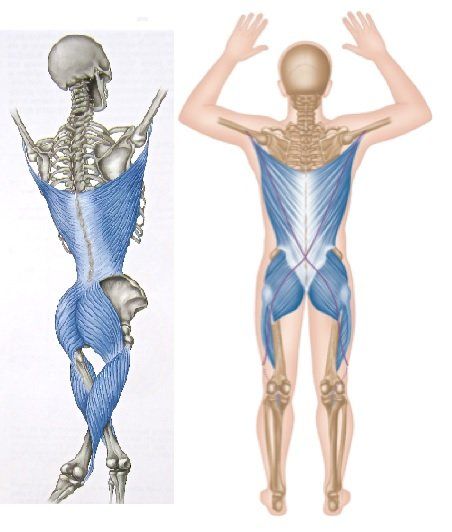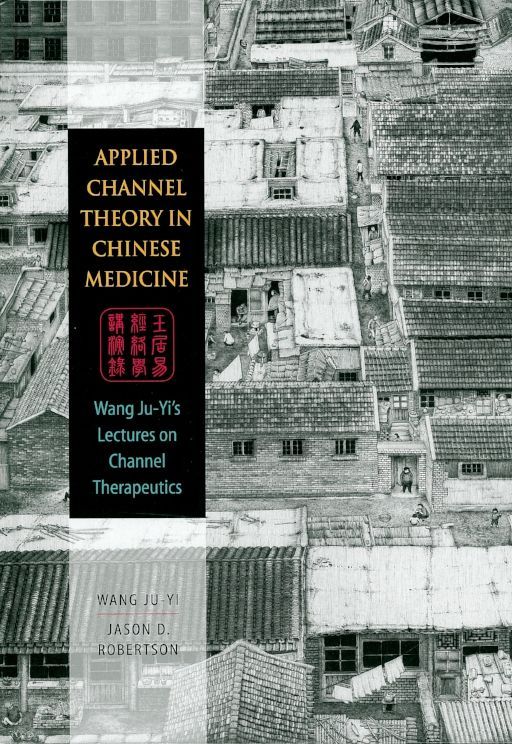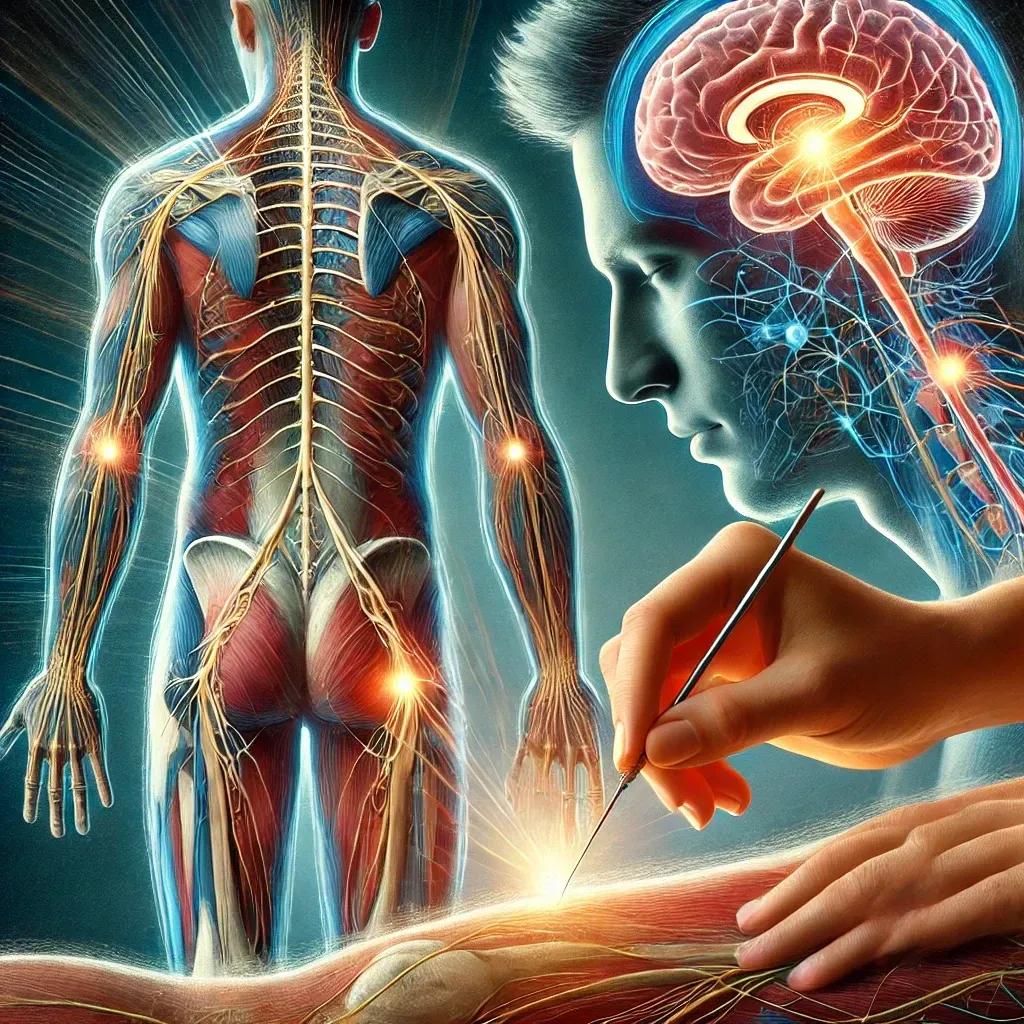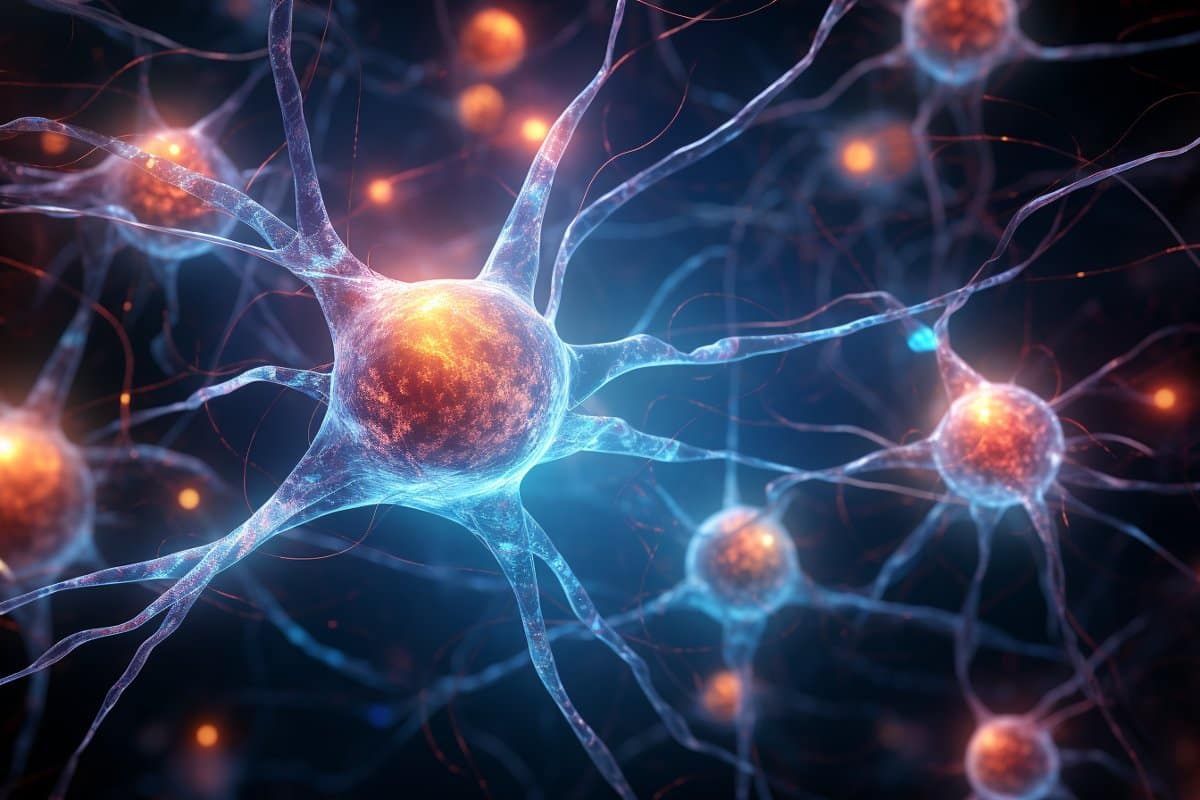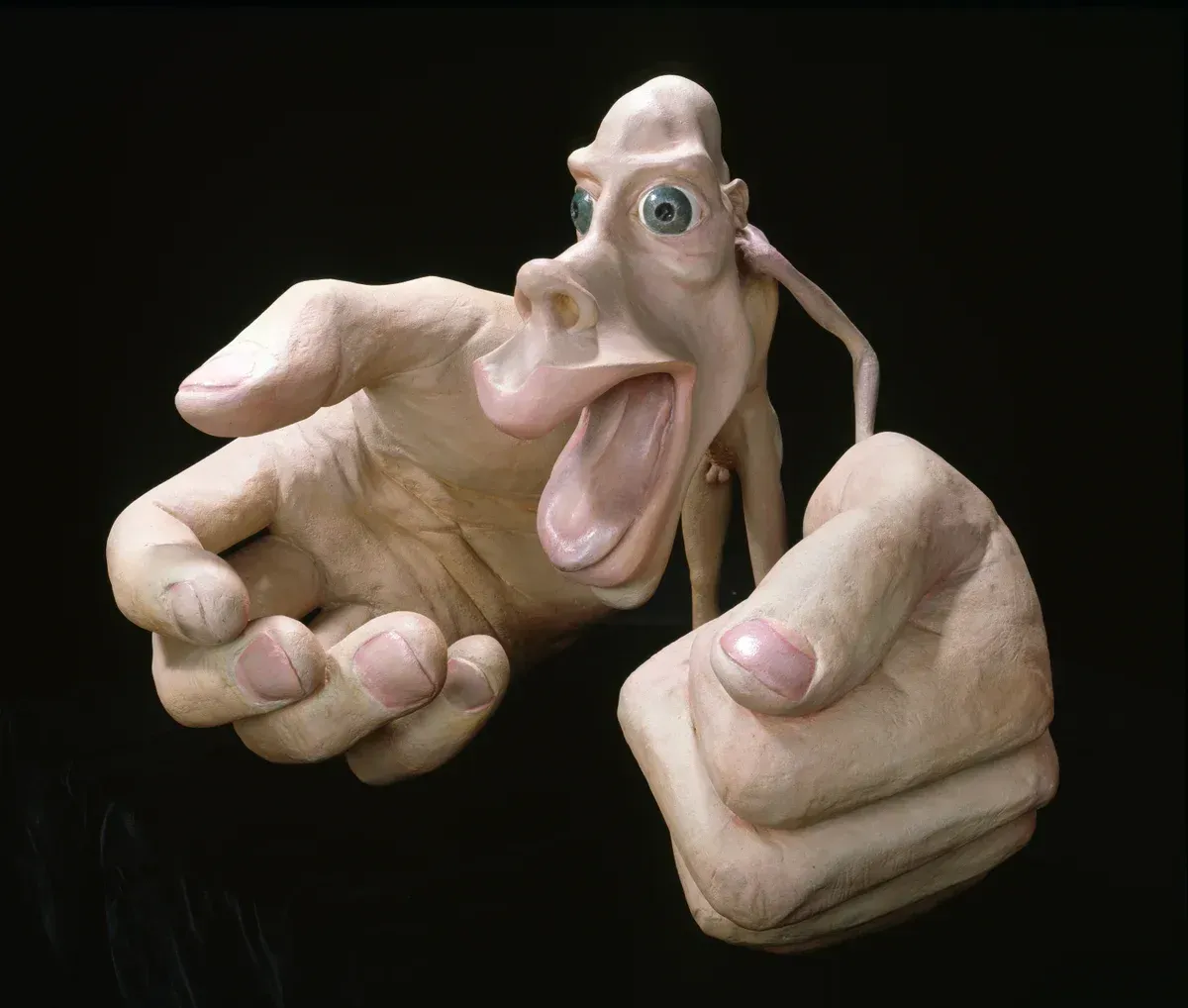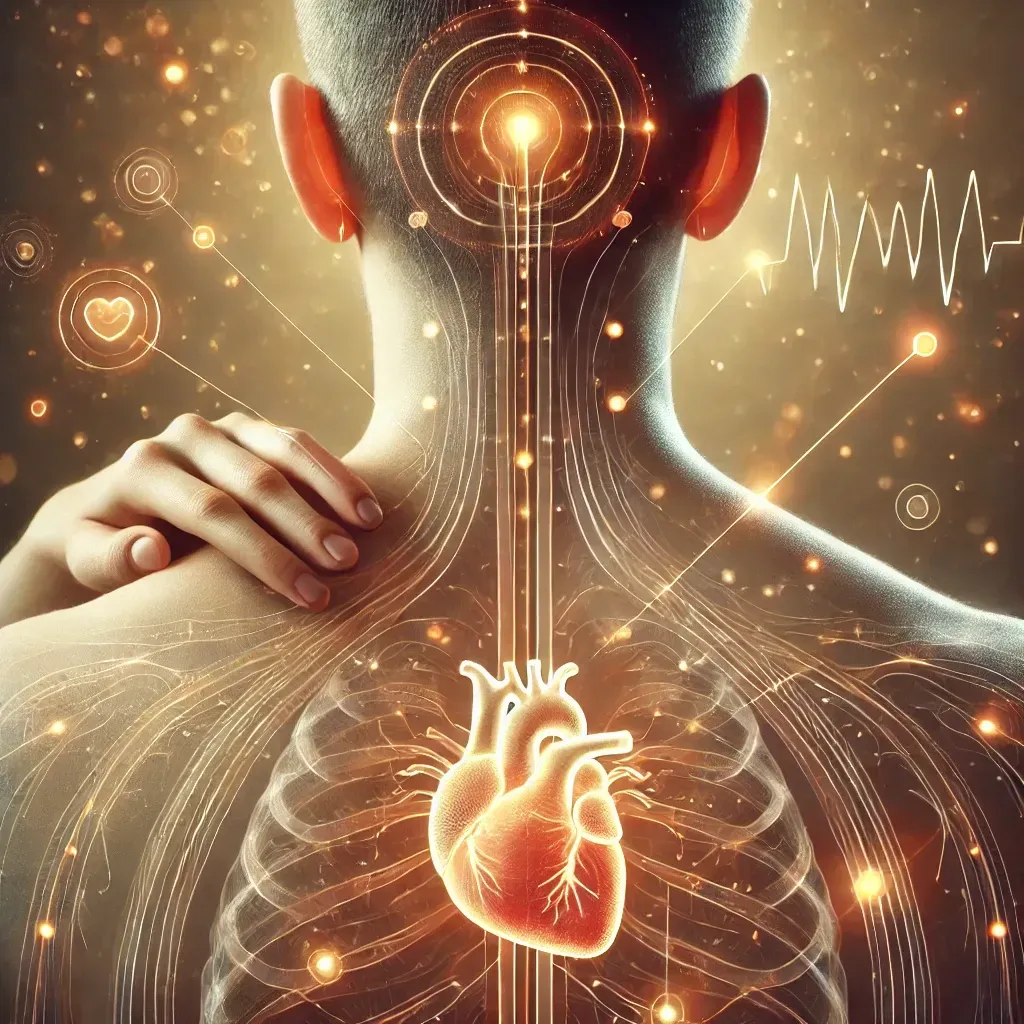The Art of Mechanotransduction:
A Tune-Up for Your Body
How Soft Tissue Mobilization, Myofascial Release, Cupping, and Joint Mobilization Spark Cellular Healing

Your Body Is Like a High-Performance Machine
Just like your car needs regular maintenance to perform at its best, your body needs skilled manual therapy to stay resilient, mobile, and pain-free. You wouldn’t wait until your engine seizes up to visit a mechanic — and you shouldn’t wait until pain or dysfunction sets in before giving your body a tune-up.
At the core of this maintenance strategy is a powerful biological process called mechanotransduction — your body’s way of turning movement and pressure into healing at the cellular level (Khan & Scott, 2009;Kacprzak & Stańczak,2024).
What Is Mechanotransduction?
Mechanotransduction is how your tissues translate mechanical force into biological action. When you apply soft tissue mobilization, stretching, or joint motion, your cells receive those signals and respond with(Citeroni et al., 2020; Kim et al., 2024):
- Anti-inflammatory chemical release
- Collagen and elastin remodeling
- Tissue repair and regeneration
- Enhanced circulation and pain relief
This complex communication doesn't happen in isolation — it’s influenced by brain-body interactions, inflammatory states, and tissue adaptability. Langevin (2021) emphasizes that understanding musculoskeletal pain requires reconnecting the brain with peripheral tissue health, especially through practices that combine movement and awareness.
"It’s like plugging your body into its own biomechanical software update — restoring balance, reducing stiffness, and enhancing performance from the inside out."
Manual Therapies That Activate Mechanotransduction
Soft Tissue Mobilization – Controlled Compression
Soft tissue mobilization (STM) applies strategic compression and shear forces into muscle and fascia, stimulating integrins and mechanosensitive ion channels. These signals reduce inflammation and increase protein turnover in muscle
- Studies show STM reduces soreness and boosts recovery via protein synthesis pathways (Kacprzak & Stańczak,2024).
"Think of STM like flushing out old oil and adding high-performance fuel."
Myofascial Release (MFR) – Stretching for Resilience
MFR targets fascia with sustained tension to stimulate fibroblasts — your body’s collagen architects. When activated, they remodel connective tissue and reduce fibrosis (Kacprzak & Stańczak, 2024).
- Research shows MFR lowers pro-fibrotic TGF-β1 and increases anti-inflammatory IL-4 (Langevin et al., 2011).
- Langevin (2021) further highlights the importance of fascia as a dynamic tissue involved in chronic pain, noting that adhesions and reduced fascial glide may convert functional issues into structural dysfunction — a key target of MFR techniques.
"This is like aligning your suspension system — smooth, responsive, and fluid."
Cupping Therapy – Suction That Stimulates Repair
Cupping applies negative pressure to lift the skin and fascia, delivering tensile stress that stimulates fibroblast migration and matrix remodeling (Harper et al., 2024).
- Cupping has been shown to improve scar mobility, enhance blood flow, and reduce myofibroblast-driven stiffness (Harper et al., 2024).
"Think of it as vacuum-sealing a sluggish system to restore flow and flexibility."
Joint Mobilization – Movement that Nourishes
Joint mobilizations apply small, graded movements that activate cartilage cells (chondrocytes) and improve synovial fluid production (Wilke et al., 2018).
- -Gentle joint mobilization has been shown to slow osteoarthritis progression and promote joint lubrication (Kong et al, 2022).
"Like wheel alignment, it keeps your structure in balance and ready to move".
What Happens at the Tissue Level?
- Fascia responds to stretch with fibroblast remodeling and YAP/TAZ signaling, reducing adhesions and improving glide (Meli et al, , 2023).As Langevin (2021) suggests, restoring fascial mobility may play a central role in reversing chronic pain patterns rooted in tissue-level changes.
- Muscle responds to mechanical loading with satellite cell activation and increased protein synthesis (Khatib et al., 2020).
- Tendons adapt through tenocyte-triggered collagen production under controlled tension (Subramanian et al., 2018).
- Nerves and supporting Schwann cells improve function with gentle mechanical input, aiding regeneration (Barbe & Barr, 2006;Yang et al., 2023).
Manual Therapy Is More Than Hands-On Care — It’s Precision Medicine
When you receive soft tissue work, cupping, or mobility therapy, you're not just relaxing — you're activating deep biological repair systems that reduce pain, restore tissue function, and boost resilience.
- Manual therapists are your biomechanical mechanics — trained to apply forces that communicate directly with your cells and fine-tune how your body performs.
Final Thoughts: Why Mechanotransduction Matters
Mechanotransduction is the art and science behind why manual therapy works — turning touch into transformation.
Integrative researchers like Langevin (2021) advocate for a “whole person” approach to musculoskeletal care — not just targeting local tissue, but acknowledging how movement, fear avoidance, and neuroplastic changes in the brain all interact with soft tissue health. Manual therapy fits into this bigger picture by addressing both the biological and behavioral loops of chronic pain.
Whether you're recovering from injury, managing chronic pain, or just want to stay in motion, soft tissue therapy is your tune-up — activating your body’s own systems for resilience, repair, and optimal performance.
Call to Action
At Naperville's Resilient Acupuncture+ Mobility, we specialize in soft tissue mobilization and evidence-based movement therapy that speaks your body’s language. Ready for a tune-up that goes beyond the surface? Book your session today.
References
- Barbe, M. F., & Barr, A. E. (2006). Inflammation and the pathophysiology of work-related musculoskeletal disorders. Brain, behavior, and immunity, 20(5), 423–429. https://doi.org/10.1016/j.bbi.2006.03.001
- Harper, B., Dudek, A., Williamson, J., Siyufy, A., & Smith, J. A. (2024). Combining Static and Dynamic Myofascial Dry Cupping Therapy to Improve Local and Regional Symptoms in Individuals with Low Back Pain: A Case Series. International journal of sports physical therapy, 19(2), 227–237. https://doi.org/10.26603/001c.91653
- Citeroni, M. R., Ciardulli, M. C., Russo, V., Della Porta, G., Mauro, A., El Khatib, M., Di Mattia, M., Galesso, D., Barbera, C., Forsyth, N. R., Maffulli, N., & Barboni, B. (2020). In Vitro Innovation of Tendon Tissue Engineering Strategies. International Journal of Molecular Sciences, 21(18), 6726. https://doi.org/10.3390/ijms21186726
- Kacprzak, B., & Stańczak, M. (2024). Knee Joint Response to Mechanical Loading: Bounding Mechanotransduction with Rehabilitation.
- Khan, K. M., & Scott, A. (2009). Mechanotherapy: how physical therapists' prescription of exercise promotes tissue repair. British journal of sports medicine, 43(4), 247–252. https://doi.org/10.1136/bjsm.2008.054239
- Kong, H., Wang, X. Q., & Zhang, X. A. (2022). Exercise for Osteoarthritis: A Literature Review of Pathology and Mechanism. Frontiers in aging neuroscience, 14, 854026. https://doi.org/10.3389/fnagi.2022.854026
- Kim, E., Riehl, B. D., Bouzid, T., Yang, R., Duan, B., Donahue, H. J., & Lim, J. Y. (2024). YAP mechanotransduction under cyclic mechanical stretch loading for mesenchymal stem cell osteogenesis is regulated by ROCK. Frontiers in Bioengineering and Biotechnology, 11, Article 1306002. https://doi.org/10.3389/fbioe.2023.1306002
- Langevin, H. M., et al. (2011). Connective tissue response to stretching. BMC Musculoskeletal Disorders, 12, 108. https://doi.org/10.1186/1471-2474-12-108
- Meli, V. S., Veerasubramanian, P. K., Downing, T. L., Wang, W., & Liu, W. F. (2023). Mechanosensation to inflammation: roles for YAP/TAZ in innate immune cells. Science signaling, 16(783), eadc9656.
- Subramanian, A., Kanzaki, L. F., Galloway, J. L., & Schilling, T. F. (2018). Mechanical force regulates tendon extracellular matrix organization and tenocyte morphogenesis through TGFbeta signaling. eLife, 7, e38069. https://doi.org/10.7554/eLife.38069
- Wilke, J., Schleip, R., Yucesoy, C. A., & Banzer, W. (2018). Not merely a protective packing organ? A review of fascia and its force transmission capacity. Journal of Applied Physiology, 124(1), 234–244. https://doi.org/10.1152/japplphysiol.00565.2017
- Yang, Y., Rao, C., Yin, T., Wang, S., Shi, H., Yan, X., Zhang, L., Meng, X., Gu, W., Du, Y., & Hong, F. (2023). Application and underlying mechanism of acupuncture for the nerve repair after peripheral nerve injury: remodeling of nerve system. Frontiers in cellular neuroscience, 17, 1253438. https://doi.org/10.3389/fncel.2023.1253438
